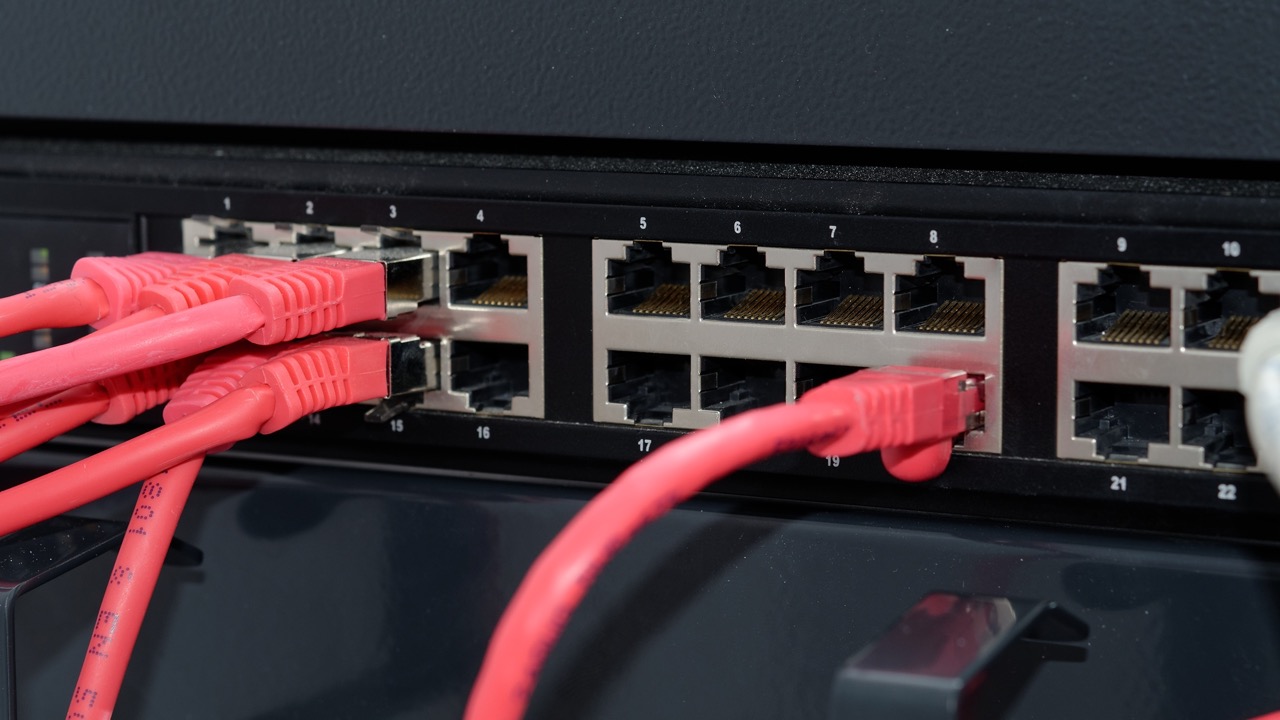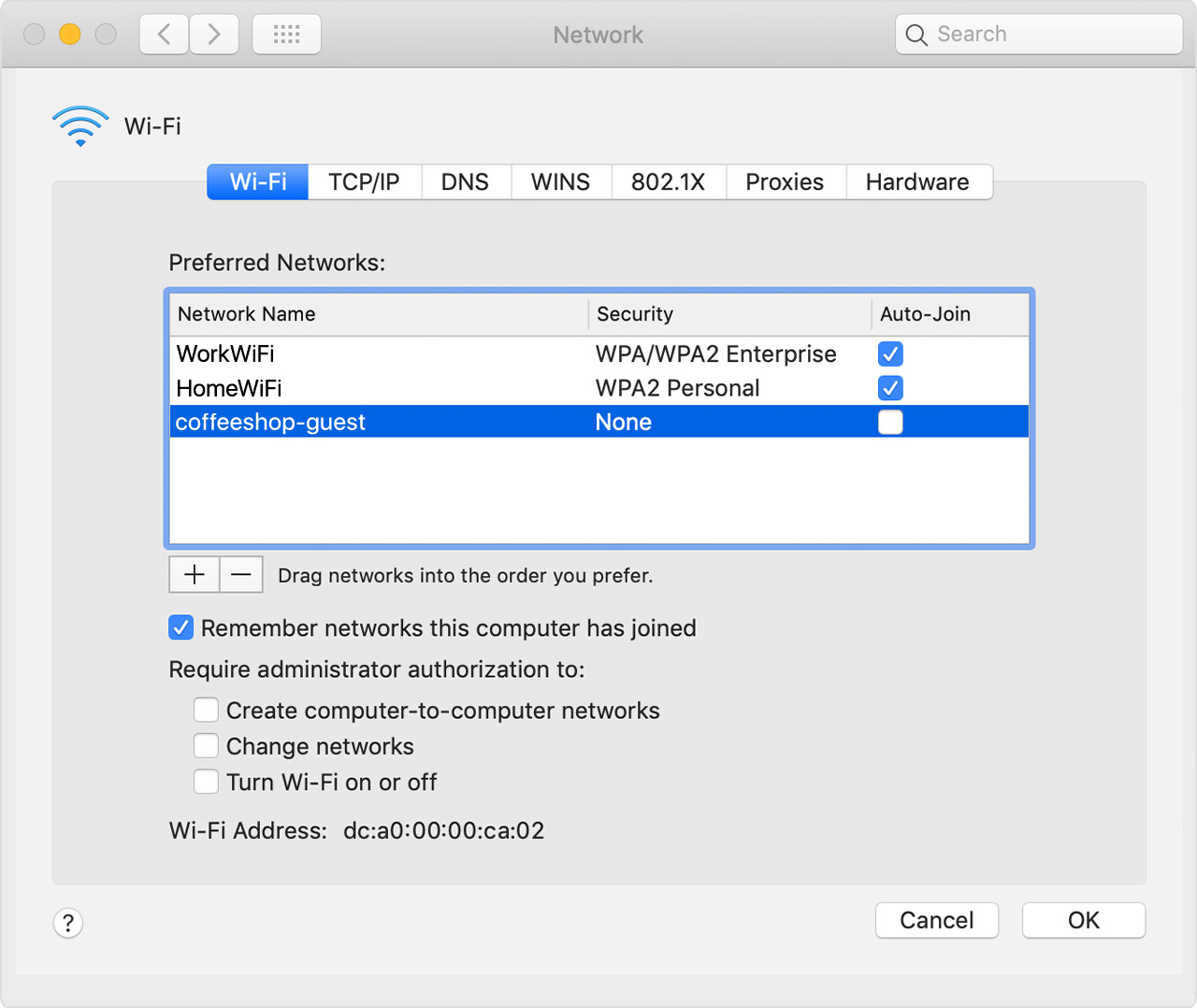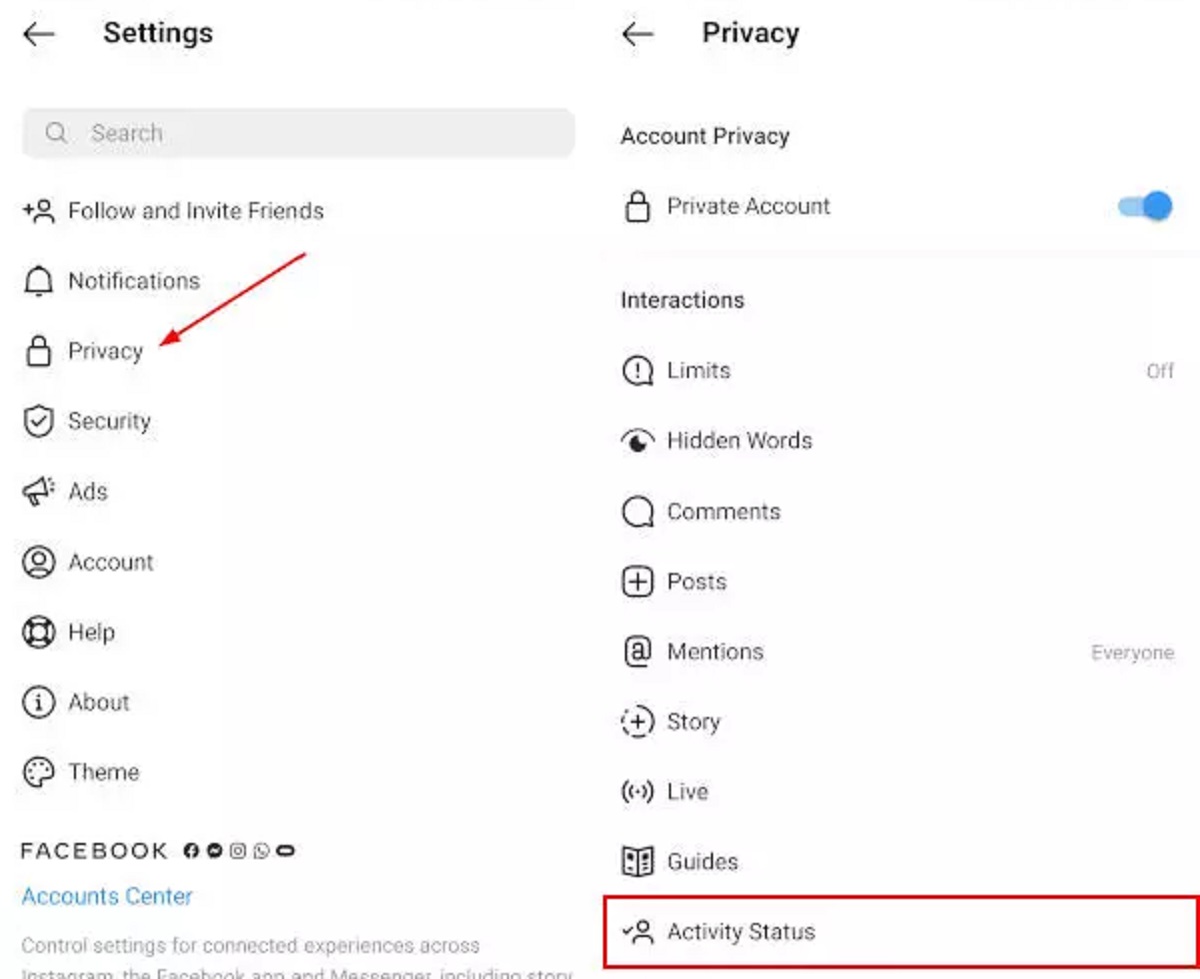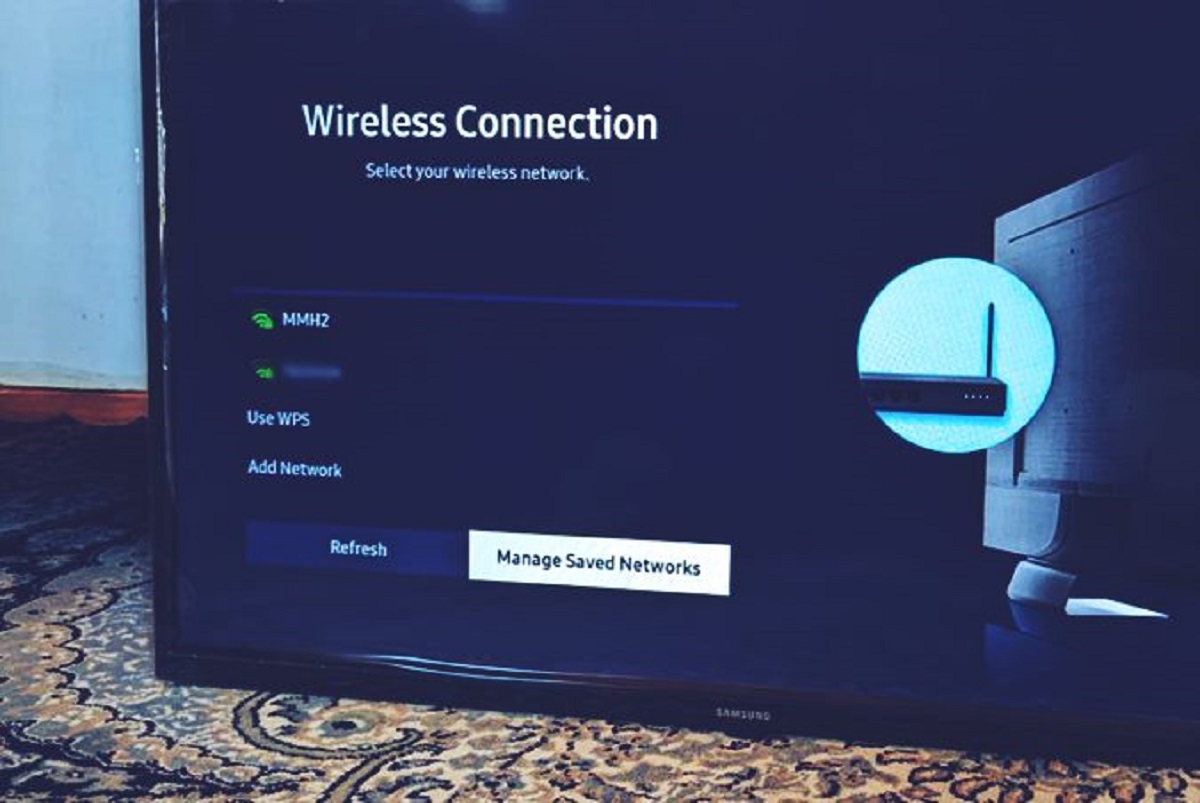Introduction
Understanding the Basics of Network Switch Issues
Network switches are the backbone of modern networking infrastructure, enabling the seamless flow of data between devices. However, when a network switch malfunctions, it can bring operations to a standstill, causing frustration and productivity losses. Understanding the common issues that can plague network switches is crucial for swift troubleshooting and resolution.
Whether you’re a seasoned IT professional or a small business owner managing your network, encountering network switch problems is inevitable. From power issues to hardware failures, a myriad of factors can disrupt the functionality of a network switch. This guide aims to shed light on the most prevalent issues that can impede the performance of network switches and provide insights into troubleshooting strategies to address these challenges effectively.
By familiarizing yourself with the potential pitfalls and solutions related to network switches, you can minimize downtime, enhance network reliability, and ensure a smooth flow of data within your digital ecosystem. Let’s delve into the intricacies of network switch issues and equip ourselves with the knowledge to tackle these hurdles head-on.
Power Issues
Power-related problems are among the most common issues that can afflict network switches. When a network switch encounters power issues, it can lead to disruptions in connectivity and overall network performance. Understanding the various power-related challenges is crucial for swiftly identifying and resolving these issues.
Common Power-Related Problems:
- Power Outages: Sudden power outages can disrupt the operation of network switches, causing them to go offline and potentially leading to data loss or connectivity issues.
- Electrical Surges: Surges in electrical power can damage the internal components of network switches, rendering them inoperable and necessitating repairs or replacements.
- Inadequate Power Supply: Insufficient power supply to the network switch can result in erratic behavior, intermittent connectivity, or complete shutdowns.
Troubleshooting Power Issues:
- Check Power Sources: Ensure that the network switch is connected to a stable and reliable power source. Utilizing surge protectors or uninterruptible power supplies (UPS) can safeguard switches from power fluctuations and outages.
- Inspect Power Cables: Examine the power cables for any signs of damage or wear. Faulty power cables can impede the flow of electricity to the switch, leading to operational issues.
- Power Cycling: In cases of minor power-related glitches, power cycling the switch by turning it off, unplugging it, and then reconnecting it after a brief interval can resolve transient power issues.
By proactively addressing power-related concerns and implementing robust power management strategies, network administrators can mitigate the impact of power issues on network switches, ensuring uninterrupted connectivity and data flow.
Cable Issues
Network cable issues can significantly impede the functionality of network switches, leading to connectivity disruptions and data transmission errors. Identifying and addressing common cable-related problems is essential for maintaining a robust and reliable network infrastructure.
Common Cable-Related Problems:
- Cable Damage: Physical damage to network cables, such as cuts, kinks, or fraying, can hinder the transmission of data between devices and the network switch.
- Loose Connections: Improperly seated or loosely connected cables can result in intermittent connectivity issues and data packet loss, impacting the overall performance of the network.
- Incorrect Cable Types: Utilizing incorrect or incompatible cable types for network connections can lead to data transmission errors and suboptimal network performance.
Troubleshooting Cable Issues:
- Visual Inspection: Conduct a visual inspection of network cables to identify any visible signs of damage or wear. Replace damaged cables to ensure uninterrupted data transmission.
- Secure Connections: Ensure that network cables are securely and properly connected to the appropriate ports on the network switch and the connected devices. Verify that the cables are not loosely seated or accidentally disconnected.
- Cable Testing: Use cable testing tools to verify the integrity and performance of network cables, identifying any potential issues such as signal degradation or faulty connections.
By proactively addressing cable-related concerns and implementing best practices for cable management, network administrators can minimize the impact of cable issues on network switches, fostering a stable and efficient networking environment.
Configuration Problems
Configuration problems can significantly impact the performance and functionality of network switches. Incorrect configurations, mismanaged settings, or outdated firmware can lead to connectivity issues, security vulnerabilities, and operational inefficiencies. Addressing and rectifying configuration-related challenges is paramount for optimizing the operation of network switches.
Common Configuration-Related Problems:
- Misconfigured Settings: Inaccurate or misapplied configurations, such as VLAN settings, port settings, or Quality of Service (QoS) parameters, can lead to connectivity disruptions and data routing errors.
- Outdated Firmware: Running outdated firmware or software versions on network switches can result in compatibility issues, security vulnerabilities, and performance degradation.
- Inconsistent Configurations: Discrepancies in configurations across multiple switches within the network can lead to interoperability issues and inconsistent network behavior.
Troubleshooting Configuration Problems:
- Configuration Audits: Conduct regular audits of switch configurations to identify and rectify any misconfigured settings, inconsistencies, or outdated firmware versions.
- Documentation Review: Maintain comprehensive documentation of switch configurations, ensuring that changes are accurately documented and that configuration parameters align with network requirements.
- Firmware Updates: Regularly update switch firmware to the latest stable releases, addressing security vulnerabilities, introducing new features, and enhancing overall performance.
By proactively managing and maintaining accurate configurations, network administrators can bolster the resilience and efficiency of network switches, fostering a secure and optimized networking environment.
Overloaded Switch
An overloaded switch can lead to network congestion, performance degradation, and connectivity issues, impacting the seamless flow of data within the network infrastructure. Understanding the factors that contribute to switch overload and implementing measures to alleviate this burden is essential for maintaining optimal network operations.
Common Causes of Switch Overload:
- Excessive Network Traffic: A surge in network traffic, especially during peak usage periods, can overwhelm the switch’s processing capacity, leading to packet loss and delays in data transmission.
- Inadequate Switch Capacity: Utilizing switches with insufficient port capacity or processing power for the network’s demands can result in congestion and performance bottlenecks.
- Broadcast Storms: Uncontrolled broadcast storms caused by network loops or excessive broadcast/multicast traffic can inundate the switch, impeding its ability to efficiently handle data packets.
Alleviating Switch Overload:
- Traffic Monitoring and Analysis: Implement network traffic monitoring tools to identify bandwidth-intensive applications, devices, or communication patterns that contribute to switch overload.
- Upgrading Switch Capacity: Consider upgrading to switches with higher port density, throughput, and processing capabilities to accommodate the network’s growing demands and mitigate congestion.
- Quality of Service (QoS) Implementation: Prioritize critical network traffic by implementing QoS policies, ensuring that essential data packets receive preferential treatment during periods of high network activity.
By proactively addressing switch overload through capacity planning, traffic management, and infrastructure upgrades, network administrators can optimize network performance and mitigate the impact of congestion on network switches.
Hardware Failure
Hardware failures can disrupt the seamless operation of network switches, leading to connectivity issues, data loss, and network downtime. Identifying the signs of potential hardware failures and implementing strategies to address these issues is crucial for maintaining the reliability and performance of network infrastructure.
Indications of Hardware Failures:
- Intermittent Connectivity: Fluctuating or unreliable connectivity between the switch and connected devices can indicate potential hardware malfunctions, such as faulty ports or internal components.
- Unexpected Reboots or Shutdowns: Frequent or unexplained reboots, shutdowns, or system crashes of the network switch may point to underlying hardware issues affecting its stability.
- Unresponsive Ports: Ports that become unresponsive or fail to transmit data signals can signify hardware failures within the switch’s internal circuitry or interface components.
Addressing Hardware Failures:
- Diagnostic Testing: Utilize diagnostic tools and built-in testing features to assess the health and performance of the network switch’s hardware components, identifying potential points of failure.
- Component Replacement: In the event of identified hardware failures, promptly replace or repair the affected components, such as malfunctioning ports, power supplies, or internal modules, to restore the switch’s functionality.
- Redundancy and Failover Planning: Implement redundancy and failover mechanisms, such as utilizing redundant power supplies and employing high-availability configurations, to minimize the impact of hardware failures on network operations.
By proactively monitoring and maintaining the hardware integrity of network switches, administrators can mitigate the risk of hardware-related disruptions and ensure the continuous and reliable operation of critical networking infrastructure.
Conclusion
Network switches serve as the linchpin of modern networking, facilitating the seamless flow of data within digital ecosystems. However, encountering issues that impede the functionality of network switches is an inevitable aspect of network management. From power and cable issues to configuration problems, switch overload, and hardware failures, a myriad of challenges can disrupt the operation of these critical networking components.
By understanding the common issues that afflict network switches and implementing proactive troubleshooting strategies, network administrators can minimize downtime, optimize network performance, and ensure the reliability of their networking infrastructure. Addressing power-related concerns through robust power management practices, identifying and rectifying cable issues, and maintaining accurate configurations are essential steps in fostering a resilient networking environment.
Moreover, mitigating switch overload and promptly addressing hardware failures through capacity planning, diagnostic testing, and hardware maintenance are pivotal for sustaining the seamless operation of network switches. By embracing a proactive approach to network switch management and leveraging the insights provided in this guide, network administrators can navigate and overcome the challenges associated with network switch issues, fostering a stable, efficient, and reliable networking environment.
Ultimately, staying attuned to the intricacies of network switch issues and adopting best practices for troubleshooting and maintenance empowers organizations to harness the full potential of their network infrastructure, enabling seamless data connectivity and enhancing overall operational efficiency.

























